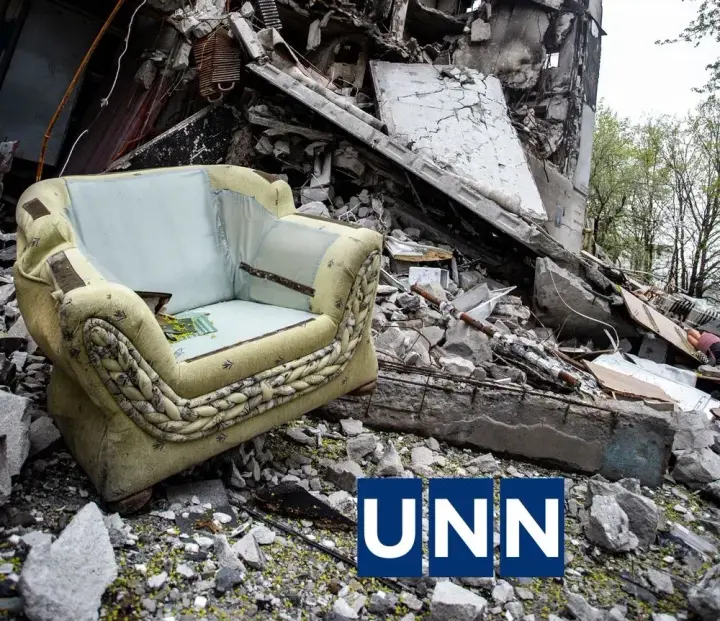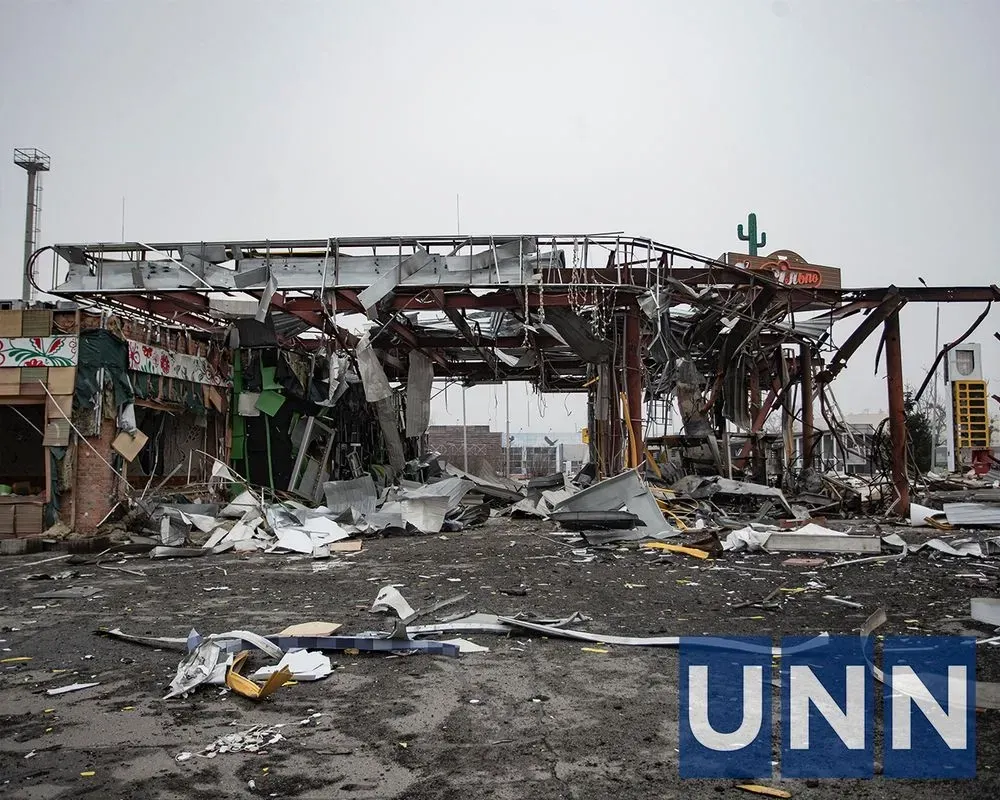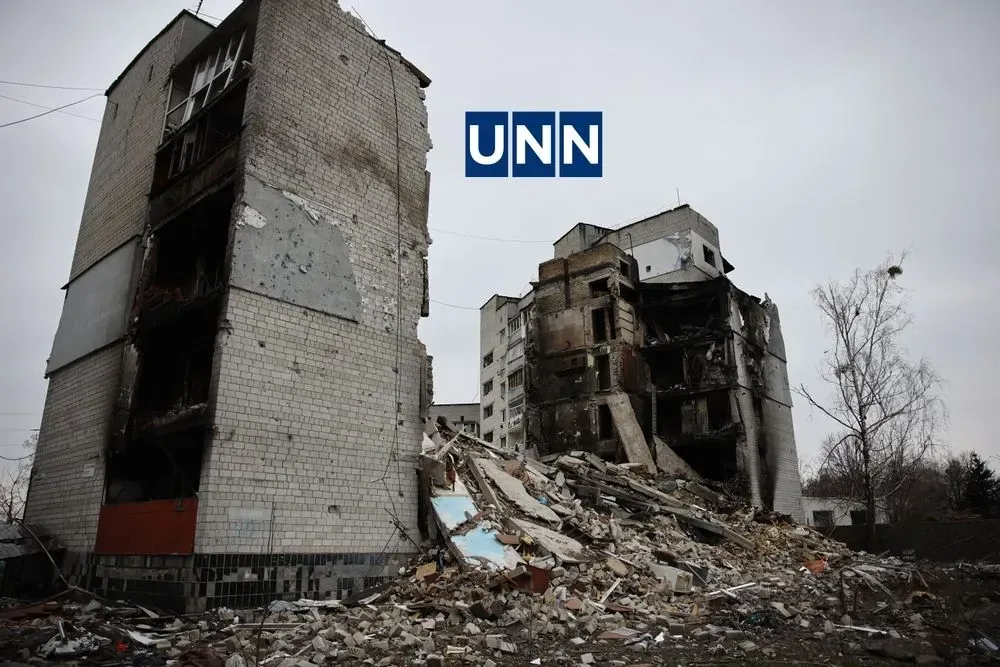The Register of Damage for Ukraine starts operating today: we explain how it will work and who can apply
Kyiv • UNN
The Register is the first component of the future International Compensation Mechanism

On April 2, the Register of Damages for Ukraine, created with the participation of the international community, is scheduled to start accepting applications. UNN explains what this Register is, on what grounds it will operate, how to submit an application, and whether such an application will mean receiving compensation.
Details
RD4U – as the Register is abbreviated – already has its own website -https://rd4u.coe.int/uk/home.
What is RD4U
The Register of Damages Caused by the Aggression of the Russian Federation Against Ukraine is a system for recording claims from individuals, legal entities, and the state of Ukraine for compensation for damages, losses, and harm caused by the aggression of the Russian Federation against Ukraine. The Register will also store evidence that will substantiate these claims.
The creation of the Register was announced at the IV Summit of Heads of State and Government of the Council of Europe, held in Reykjavik on May 16-17, 2023.
The Register was created under the auspices of the Council of Europe.
Physically, the Register is located in The Hague (Kingdom of the Netherlands).
On April 2, 2024, RD4U will officially open the process for submitting claims for damages, losses, or harm caused by Russian aggression against Ukraine.
The historic opening will take place in The Hague as part of the ministerial conference "Restoring Justice for Ukraine" in the presence of the Secretary General of the Council of Europe Marija Pejčinović Burić, heads of international organizations, ministers, and high-ranking officials from more than 60 states, which will emphasize global support for Ukraine in its pursuit of justice and reparations.
To date, 43 states and the European Union have joined the Register. In total, the Register includes 40 Participants and 4 Associate Members.
Participants of the Register have full membership rights, including the right to vote at the Conference of Participants, and undertake to make annual contributions to the Register's budget.
Associate Members are not obliged to make annual contributions and do not have voting rights at the Conference, but may participate in it and make written and oral statements. Associate Members are encouraged to make voluntary contributions to the Register's budget. If an Associate Member makes a contribution equivalent to its assessed contribution if it were a Participant, it has full voting rights for the relevant financial year.
The Register is the first component of the future International Compensation Mechanism, which will be established by a separate international treaty in cooperation with Ukraine. A Claims Review Commission and a Compensation Fund will be established later.

What are the main tasks of RD4U
The task of the Register is to receive and process applications and related evidence. This includes categorizing, classifying, and systematizing these applications based on certain criteria. The Register Board evaluates applications and determines their admissibility. Admissible applications are entered into the Register for further consideration and evaluation.
Who can submit an application
All natural and legal persons, as well as the state of Ukraine (including its regional and local authorities, as well as enterprises owned or controlled by the state), may submit applications to the Register if their applications meet the admissibility criteria.
It is expected that initially, the application process will be open for one category of claims, namely for damaged and destroyed residential real estate. It is also expected that priority will be given to claims related to critical infrastructure facilities in Ukraine.

What applications can be entered into the Register
In general, for applications to be entered into the Register, they must relate to damages, losses, or harm that:
- were caused on or after February 24, 2022;
- were caused on the territory of Ukraine, within its internationally recognized borders, including territorial waters;
- were caused by internationally wrongful acts of the Russian Federation in or against Ukraine.
The Register Board has decided that categories are expected to include claims related to
- loss of life, torture and sexual violence, and bodily injury;
- forced displacement and forced relocation of persons;
- loss of property and income, as well as other types of economic losses;
- damage to critical infrastructure and other state facilities;
- damage to historical and cultural heritage sites;
- environmental damage; and
- other categories determined by the Board.
Where to submit an application
The creators of the Register promise that individuals can use the Diia electronic services web portal, including the Diia Portal mobile application (Diia), to submit applications. It is expected that this approach will provide a simplified and accessible way to submit applications to the Register.
Material compensation for damages

It is important to understand that the Register is not a court, tribunal, compensation commission, or compensation fund. It will not consider the merits of applications submitted to it, will not assess their value, and will not award any payments. These functions will be performed by an international compensation mechanism that will be established in the future. The Register is only the first step towards such a mechanism. Work on establishing a compensation mechanism has already begun, and the Register's mandate includes facilitating this work.
After the compensation mechanism is established, the Register's work will continue within the new structure, and all applications and evidence entered into it will be transferred to it.
The Register administrators expect at least 6-8 million applications, possibly up to 10 million.
Currently, no time limit has been set for submitting applications, as the aggression of the Russian Federation against Ukraine is still ongoing, and damage is being caused daily. Subsequently, the Register Board may determine reasonable deadlines for submitting applications and/or determine a date from which the Register will be closed for submitting applications.